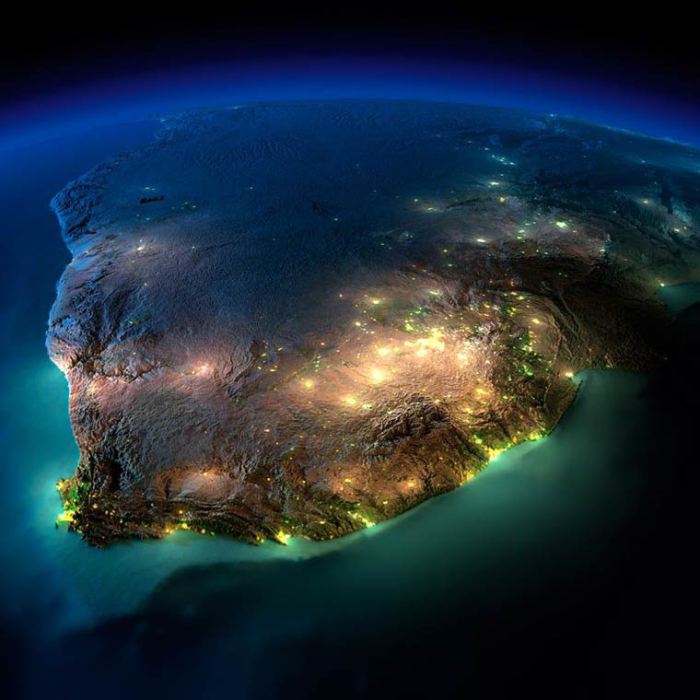

How scammers are duping travellers with ads for non-existent holidays and exploiting Passport Office delays.'It's getting quite unbearable': Instagram users are being bombarded with tags from bots for fake Shein gift.Are YOU guilty of these behaviours? Scientists reveal the key signs of aggressive drivers - after one study.'ChatGPT does 80% of my job': Meet the workers using AI bots to take on multiple full-time jobs - and their.The most USELESS keys on a QWERTY keyboard - and the sneaky shortcuts you're not using.Are aliens trying to contact Earth? Astronomers detect FIVE new fast radio bursts from over 4 billion light.Scientists reveal the first EVER full resolution photo of a supermassive black hole: Incredible image shows.ESA's Juice mission: How to watch LIVE as the European Space Agency launches a spacecraft to Jupiter and its.'We can monitor cyclical changes driven by reoccurring human activities such as holiday lighting and seasonal migrations. 'Thanks to VIIRS, we can now monitor short-term changes caused by disturbances in power delivery, such as conflict, storms, earthquakes and brownouts,' said Dr Miguel Román from Nasa's Goddard Centre. VIIRS is the first satellite instrument to make quantitative measurements of light emissions and reflections, which allows researchers to distinguish the intensity, types and the sources of night lights over several years. The satellite's workhorse instrument is the Visible Infrared Imaging Radiometer Suite (VIIRS), which detects photons of light reflected from Earth's surface and atmosphere in 22 different wavelengths. In the year since, experts have been analysing night lights data and developing new software and algorithms to make imagery of them clearer, more accurate and readily available. This image shows Nasa's view of the lights over Europe Satellite images of Earth at night, often referred to as 'night lights', have been a fundamental research for nearly 25 years.


 0 kommentar(er)
0 kommentar(er)
